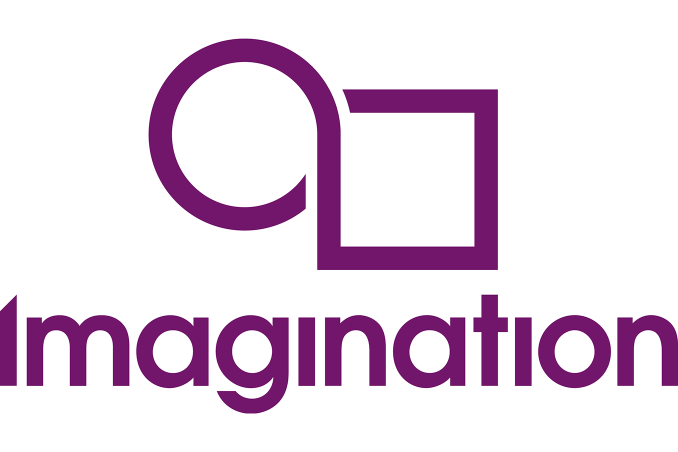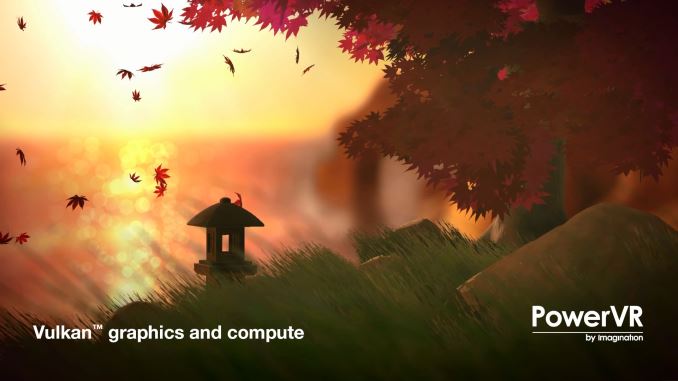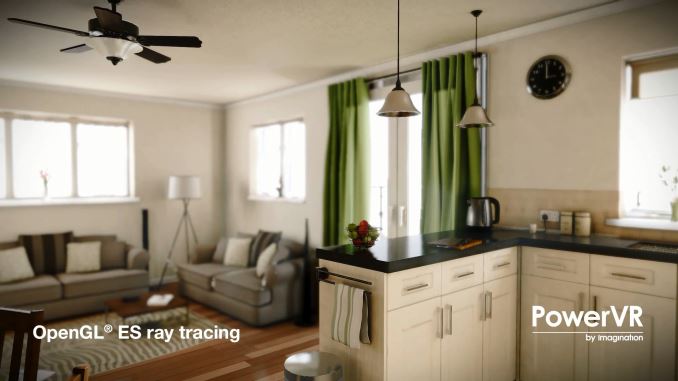GDC 2016: Imagination Demonstrates PowerVR Vulkan SDK & PowerVR Ray Tracing
by Ryan Smith on March 16, 2016 12:30 PM EST- Posted in
- GPUs
- Raytrace
- Imagination Technologies
- PowerVR
- GDC16

Among the many companies showing off their latest development wares at GDC this week is Imagination. As opposed to their new GPU IP launches over the past couple of months – PowerVR Series7XT Plus and Series8XE – the focus for GDC is showing developers what they can do with their shipping hardware, and what new tools are ready for developers to use for the task.
First off, following the recent release of the low-level Vulkan API 1.0 specification, Imagination has integrated support for the API into version 4.1 of their PowerVR Graphics SDK. As is the case with PC vendors, for mobile vendors Vulkan is a chance to shift towards a less CPU demanding and multi-threading friendly model for draw call submission, which is all the more important given the high prevalence of 4+ core CPUs on Android devices. To that end the company is also showing off its newest Vulkan tech demo, Sunset Vista, which uses Vulkan for both graphics and compute purposes, combining various graphical effects with a compute shader-driven foliage simulation.
Meanwhile the company’s ray tracing team is continuing to show off the potential of their PowerVR Wizard technology now that the company has a working in-silicon implementation of the GR6500 ray tracing hardware. Imagination’s latest ray tracing tech demo in turn demonstrates ray tracing implemented over OpenGL ES using Imagination’s proprietary extensions. As with past demos the company is keen to show off hybrid rendering with classes of effects that are difficult or inefficient to implement via rasterization (i.e. regular GPUs) including specular reflections and efficient percentage closer soft shadows.
Finally, along these lines, the company is also announcing a new collaboration with engine developer Unity this week. In 2014 the two announced that they were working together to implement real-time lightmap previews into the Unity editor. Now in 2016 that collaboration is taking a step forward; Unity and Imagination will be building a full-fledged software ray traced lightmap editor, with the goal of further improving the speed and quality at which lightmaps can be developed in real time. As this is a software implementation it isn't something Wizard GPUs can accelerate at this time, but it's easy to see how if everything were to go well for Wizard, Imagination and Unity could try to make that jump.












2 Comments
View All Comments
Gothmoth - Wednesday, March 16, 2016 - link
ah the guys from imagination ... who bought my beloved BRAZIL render engine and ruined it.....Ferazel - Wednesday, March 16, 2016 - link
Hmm, well that's interesting. In order to get the Ray Tracer to work with Unity in the editor (which is a Win/OSX/Linux application) they, or a vendor, needs to release a PC hardware SKU. Their Android usage has dropped significantly. Only iOS is where this hardware exists. I wonder if a card manufacturer (Gigabyte, MSI, EVGA) is going to release a desktop version of their tile-based GPUs.